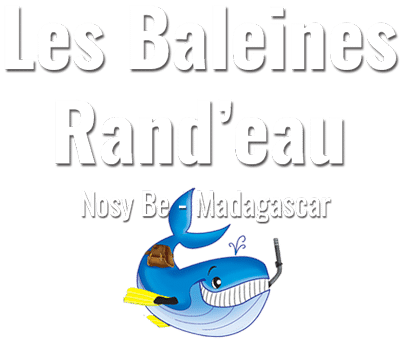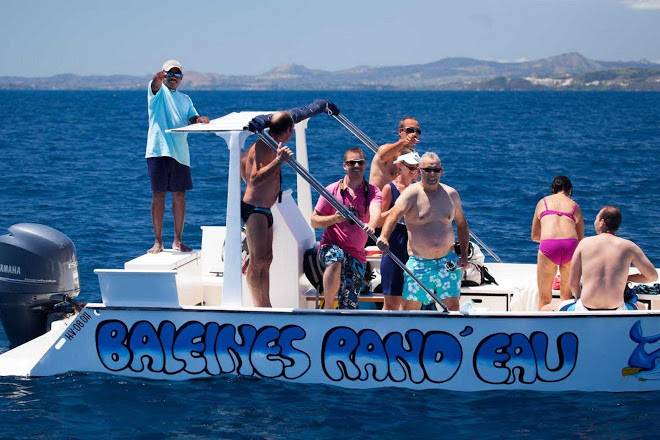Sometimes called "pilot whale" (it is called "pilot whale" in English), the pilot whale is indeed part of the dolphin family and the subfamily globicephalinae, of which it is one of the largest representatives. Widely distributed across the globe, it is a very sociable animal that is often found in the company of other species (bottlenose dolphin, humpback dolphin). He is easy to approach and even shows curiosity, and is capable, despite his build, of spectacular jumps and caudal strikes.
The very close morphology of the two species (pilot pilot whale and tropical pilot whale) makes the distinction extremely difficult, especially since Madagascar presents itself as an area of overlap of their distribution areas.


